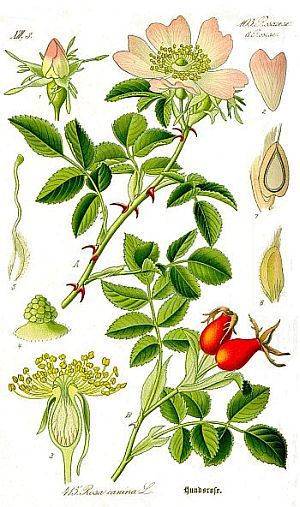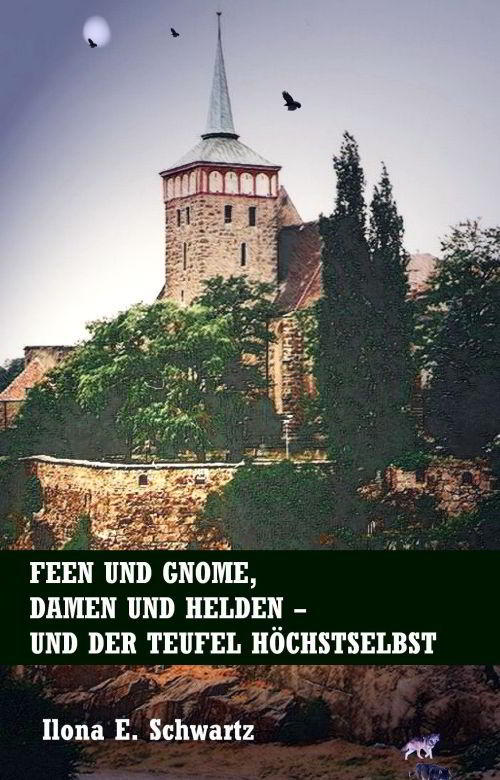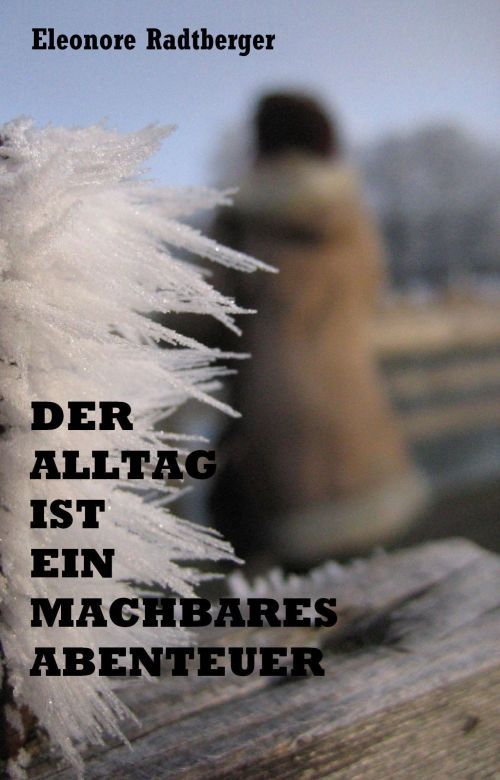
|
Roses from our garden: beautiful, yet worthless?
The story of the dog rose and the rosehip hedge

When most people think of roses, they think of the beautiful, cultivated varieties with imaginative names. There are countless types of rose, with long or short stems in amazing colours. A single long-stemmed rose is the symbol of romance when given as a gift to a loved one. A whole bouquet of them is every woman's dream, especially in films and operettas.
But these beauties all have a common relative that can be found in less elegant places, such as roadsides, meadows and forest edges. The dog rose (Latin name Rosa canina) can be found almost everywhere. Its name has nothing to do with dogs. The word 'dog' is used in a derogatory sense to signify 'worthless' in comparison to cultivated garden roses.
In old fairy tales and legends, roses usually refer to the dog rose, rather than the salon beauties with their full blooms. The Wars of the Roses, fought between the English noble houses of York and Lancaster, have become synonymous with long-lasting disputes. The houses took their names from the roses on their coats of arms: red for Lancaster and white for York. However, the rose depicted is the common, five-petalled dog rose, not a long-stemmed, cultivated beauty.
While the dog rose is not an eye-catching flower, it certainly makes an impact when it blooms – and you can hear it, too. This is because the dog rose hedge is an excellent source of nectar for bees and other winged insects. Where there is a dog rose hedge, there is buzzing and humming all day long until the light fades.

Rosa canina and Rosa corymbifera (the thicket dog rose) are not suited to gardeners who prefer sterile green spaces and swat at the slightest buzzing sound with their newspaper. They represent lively gardens where small, busy creatures such as bumblebees and bees ensure fertility. Furthermore, the wild varieties of these roses smell wonderful.
The fruit of the dog rose, the rosehip, is an excellent remedy for strengthening the immune system. Containing more vitamin C than lemons, as well as vitamin B, rosehips are mainly used to treat colds and bronchial problems, as they boost the immune system and the body's defences. Rosehips also have pain-relieving and anti-inflammatory properties. Rosehip tea has a soothing effect on osteoporosis and benefits the kidneys and bladder due to its diuretic properties.
Rosehip tea has a refreshingly tart taste and is an unbeatable thirst-quencher when served cold in summer. The fruits, which are harvested in autumn, can be processed in many ways as they lose hardly any of their active ingredients when heated. As well as tea, rosehip jam is delicious and can stimulate the appetite.
The dog rose may not have made it onto the catwalk of highly decorated garden beauties, but it enriches the garden with its exuberant life and beautiful fragrance. It also provides us with a remedy to help us face winter. Cultivated roses with glamorous names are fine, but you can't expect them to have the characteristics of the dog rose.
© 'Roses from our garden: beautiful, yet worthless? The story of the dog rose and the rosehip hedge': An article by Pressenet (translated by Izabel Comati), 08/2025. The illustration shows the dog rose (from the book 'Flora of Germany' by Prof. Dr Otto Wilhelm Thomé, 1885), Licence: Public Domain.
– The world of feeding fantasies. About care and control in partnerships
– With the language of flowers: Let flowers speak
– The flying jug of Timevalley. A fantastic story from another world
Discover more articles! Use the search function:
English archive:
More reviews, book presentations and essays
2024/2025
German archive:
2024 |
2023 |
2022 |
2021 |
2020 |
2019 |
2018 |
2017 |
2016 |
2015 |
2014 |
2013 |
2012 |
2011 |
2010 |
2009
Become a writer for Pressenet! Write articles for our online magazine on trending topics such as best books to read, health and wellness, technology and gadgets, business and finance, travel and tourism, lifestyle and fashion or education and career. Info: Become an author
Sponsors and investors are welcome: If you found our articles interesting, we would be grateful for a donation. Please also recommend us to your networks. Thank you very much!
Sitemap About Privacy Policy RSS Feed





